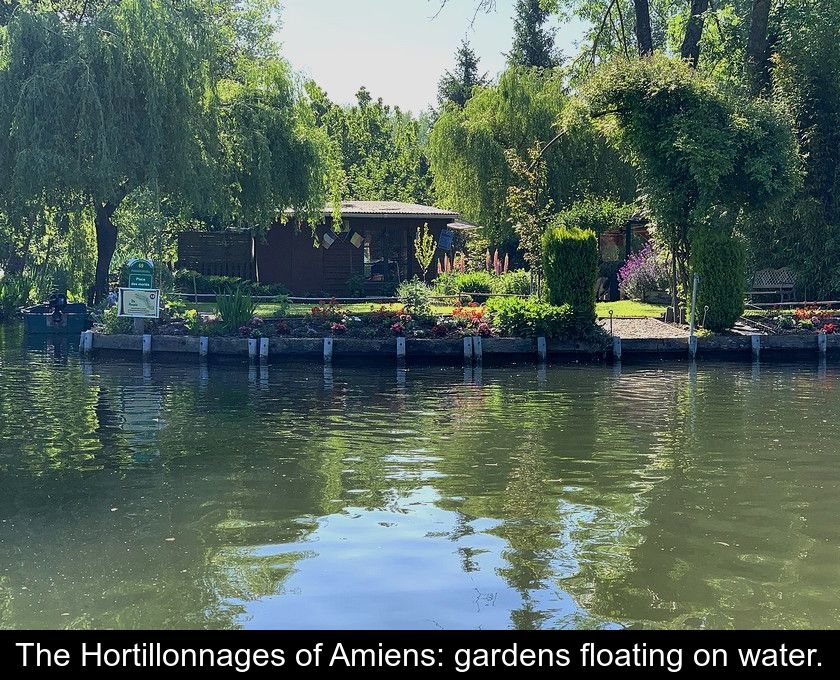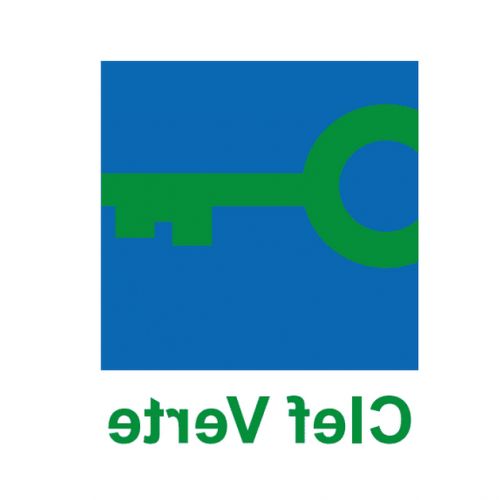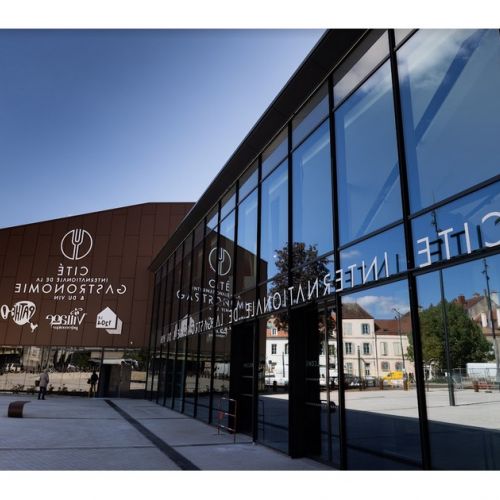The Hortillonnages Of Amiens: Gardens Floating On Water.
Natural, ecological, agricultural and tourist heritage, the Hortillonnages d'Amiens are cultivated marshes that have been in existence for over 2000 years. They played a major role in the food supply of the people of Amiens in the early 20th century. Today, they are one of the most picturesque tourist attractions in the city and during the summer season, they host an International Garden Festival.
What are the hortillonnages?
The Hortillonnages are marshes interspersed with canals, in which there are a multitude of islands. Their name derives from the Picard term "hortillon", which comes from the Latin "hortus", garden.
More specifically, these gardens are composed of several islands surrounded by waterways, ditches, and "rieux", the Picard term for the canals of the hortillonnages. They are fed by the waters of the Somme and extend over the municipalities of Amiens, Longueau, Rivery, and Camon.
The hortillonnages probably date back to the Gallo-Roman period and have been cultivated for about 2000 years. They now cover 300 hectares, whereas originally, before urban expansion, they occupied around 10,000 hectares!
At the beginning of the 20th century, these gardens on the water were very important for the supply of the population of Amiens. This is how a market on the water was born, supplied by boats. Agricultural activity has been declining since the 1950s.
Nowadays, many islands have become recreational areas and second homes, as well as wastelands that house numerous species of animals and plants. This biodiversity constitutes a natural heritage to be preserved.
What is the history of the hortillonnages?
Market gardening, that is to say, the intensive cultivation of vegetables, fruits, herbs, and flowers for food purposes, is often practiced in the alluvial plains of rivers or in marshy areas such as the hortillonnages of Amiens.
In the 19th and 20th centuries, market gardening was widespread in this area. Men and women who practice this agriculture move from island to island (also called "aires") using flat-bottomed boats called "barques à cornet". These boats have raised ends to facilitate docking. They are still used by these market gardeners called "hortillons".
In 1906, 950 people were still practicing this activity. But today there are only about ten of them, farming 25 hectares of the hortillonnages.
Regular water markets were held so that market gardeners could sell their products. Today, this market takes place once a year in the Saint-Leu district, during the "Fête de l'eau" in June. The rest of the year, the hortillons' produce is available at the Parmentier Square market in Amiens on Saturdays.
In 1998, the brand "Les tchiots légumes des hortillons" ("the little vegetables of the hortillons" in Picard) was officially launched and registered. This operation brings together 7 hortillons and aims to gather the productions of these market gardeners to ensure good marketing to loyal buyers.
Why visit the hortillonnages?
Natural environment where land and water meet, the hortillonnages of Amiens are particularly protected. They are listed in the National Inventory of Sites and classified as a UNESCO World Heritage Site.
They have been reshaped by humans over the centuries but still retain an absolute charm and offer a wild paradise just a stone's throw from the city. Individuals who own pleasure gardens also contribute to the preservation of these highly appreciated places for tourists.
With over 100,000 visitors per year, including 30% foreigners, the tourist activity of the hortillonnages is becoming increasingly important. Visits are made by cone-shaped boats, accompanied by a guide. Some places are also accessible on foot or by car.
These floating gardens are a tourist and ecological asset as they provide shelter for a multitude of birds, plants, and fish. Fishing enthusiasts can participate in competitions on the banks of the Somme. Canoeing and kayaking water hikes are also offered by the Rivery boating club.
What is the best time to go there?
The best time of the year to visit the hortillonnages of Amiens is spring or summer when the vegetation is in bloom and these gardens are adorned with a thousand colors.
The conditions are pleasant from April to October, but it is interesting to go there from the end of May to enjoy the International Garden Festival. During this event, contemporary works and installations are scattered from island to island on the ponds of Clermont.
Good to know
This year, the 14th edition of this festival will take place from May 27th to October 15th, 2023.
50 landscape productions are scattered throughout the Hortillonnages and await discovery along the water.
These installations have been imagined and produced by young landscape artists, architects, and visual artists.











